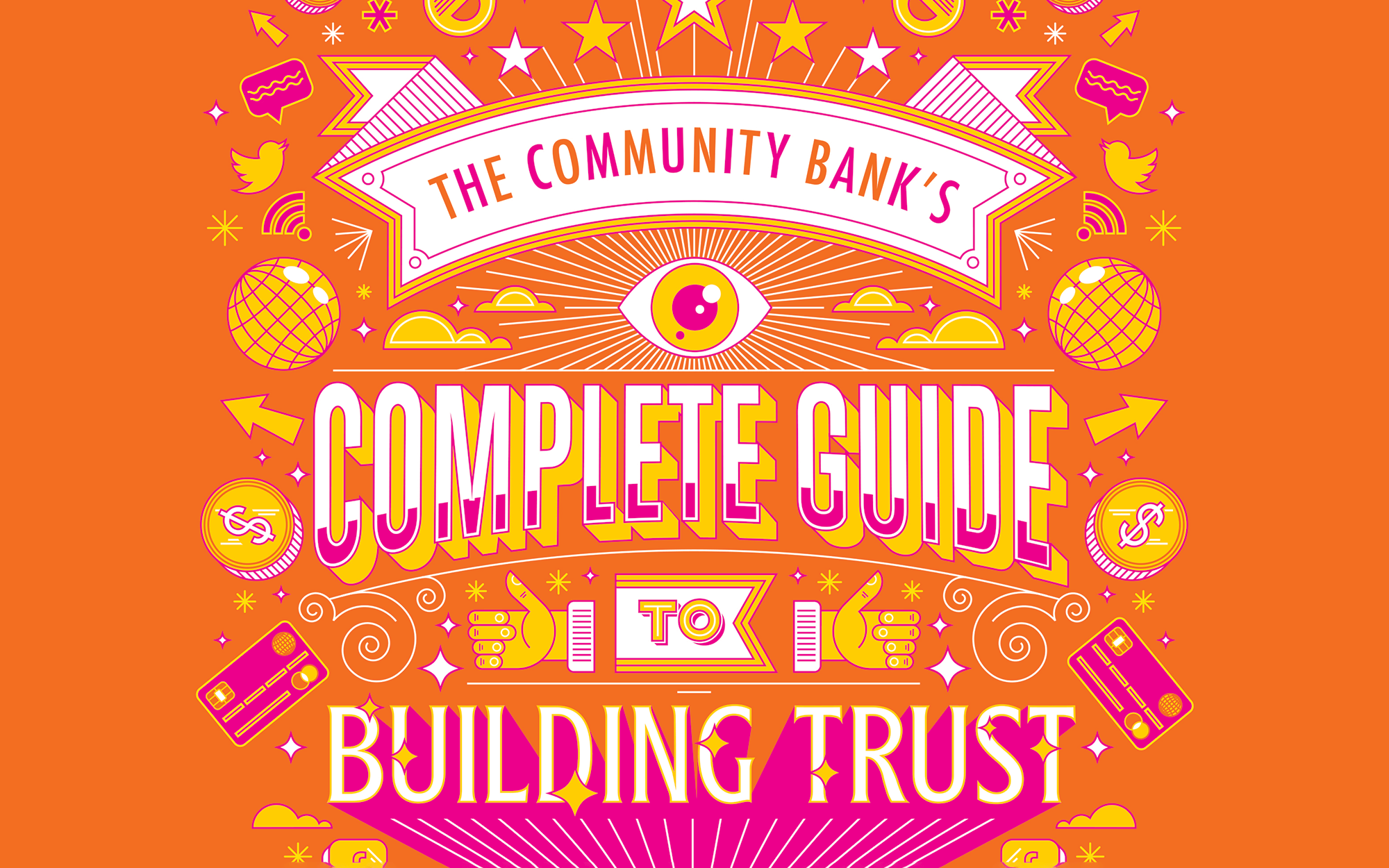To paraphrase Yogi Berra, “If you don’t know where you’re going, you will end up someplace else.” Put another way, the only way you will end up where you want to go is to decide in advance.
As you close out this year and consider next year’s efforts, I’d like to look at technology tools like artificial intelligence (AI) and robotic process automation (RPA) for the purpose of enhancing digital- and mobile-first strategies. Let me emphasize that the operative word here is tools. These technologies only become solutions when measured against capabilities, customer needs, goals and objectives.
One of the best use cases highlighted over the past year was the use of RPA to accelerate community banks’ ability to process Paycheck Protection Program (PPP) loans. When community banks were under pressure to quickly process loans for small businesses, RPA solutions that mimic the human data entry process accelerated the loan application approval process and the disbursement of funds.
This served as a light bulb moment for many community bankers. Bankers learned that they could take what they did with PPP loans and apply it across the bank. Community banks can further optimize solutions by blending RPA, which automates redundant tasks, with AI capabilities that use a computer to imitate human behavior.
For community banks focused on improving their digital- and mobile-first strategies or supporting their front-end and back-end processes, the next logical step may be using innovative technologies like AI and RPA. When assessing whether these technologies are suitable for your bank, it’s imperative to keep the problem you are trying to solve at the forefront.
When talking with solution providers, consider asking:
Why is your solution effective at addressing our bank’s core problem?
Is your solution “shovel ready” or does it require additional oversight and maintenance by the bank?
Is the price scalable to the level and volume of activity the bank has?
These conversations naturally fold into complex regulatory compliance questions, such as:
Can I run these automated technology solutions continuously to fine-tune and improve the quality of our back office, compliance and oversight?
Can I augment, supplement or substitute staff resources in siloed functions like know your customer (KYC), anti-money laundering (AML) or Bank Secrecy Act (BSA) practices?
As I’ve said before, underpinning any evaluation and assessment of these tools, technologies and providers is a clear understanding of your strategy, where you’re going and what you’re trying to accomplish. Don’t allow shiny object syndrome to cloud what’s important for your community bank and its customers.
As you begin thinking about your goals and objectives for the year ahead, ICBA’s Preferred Service Providers directory is a great starting point to research potential vendors selected by community bankers for their excellence that can help you on your journey.






